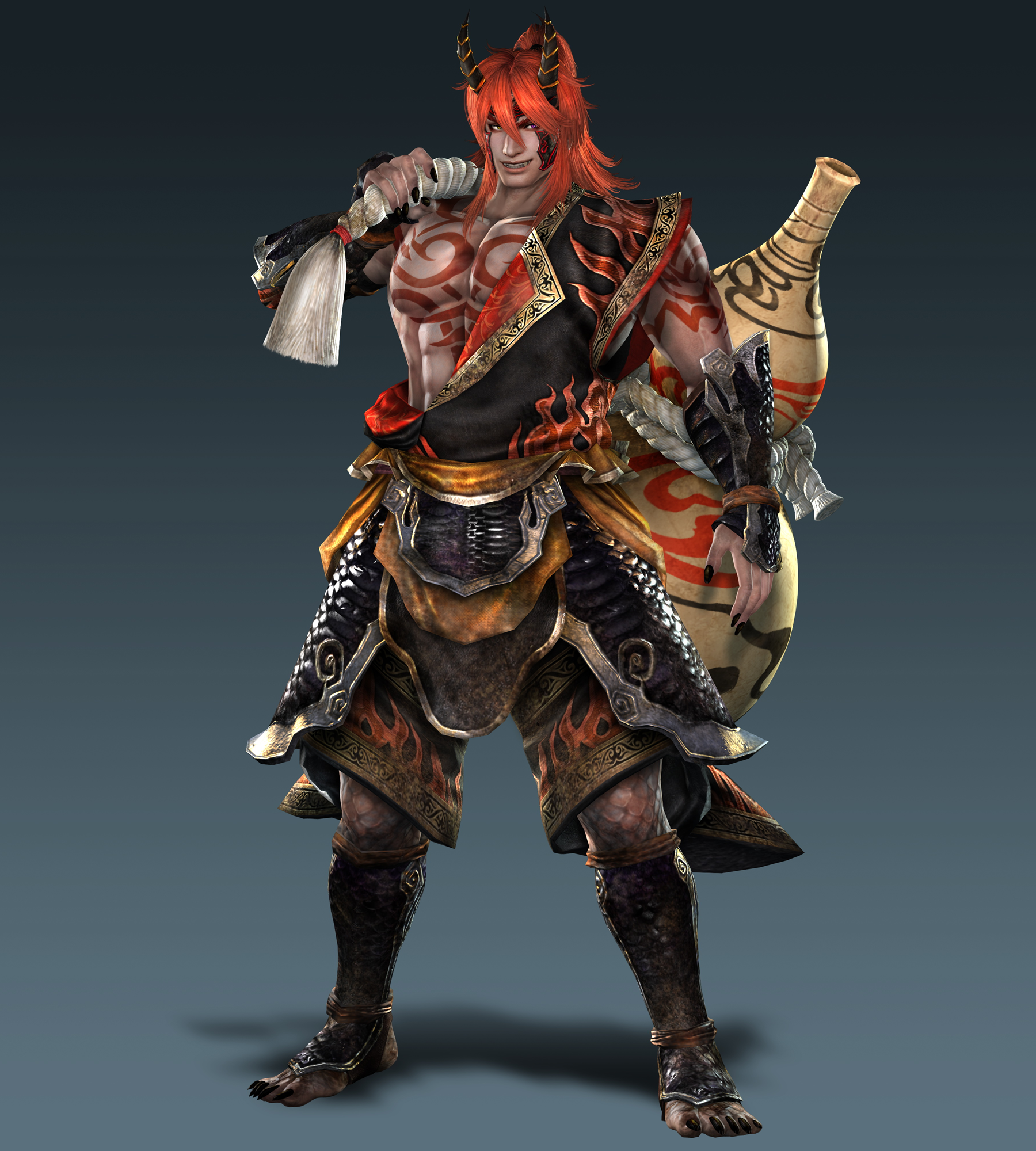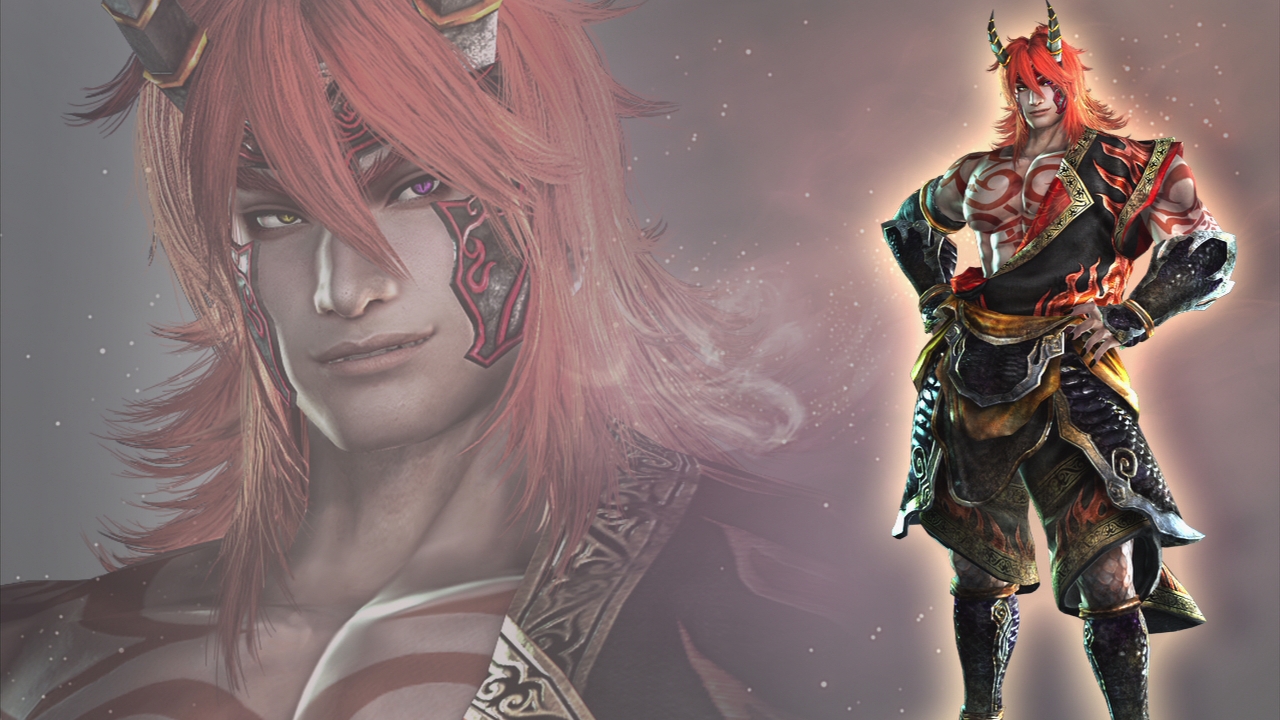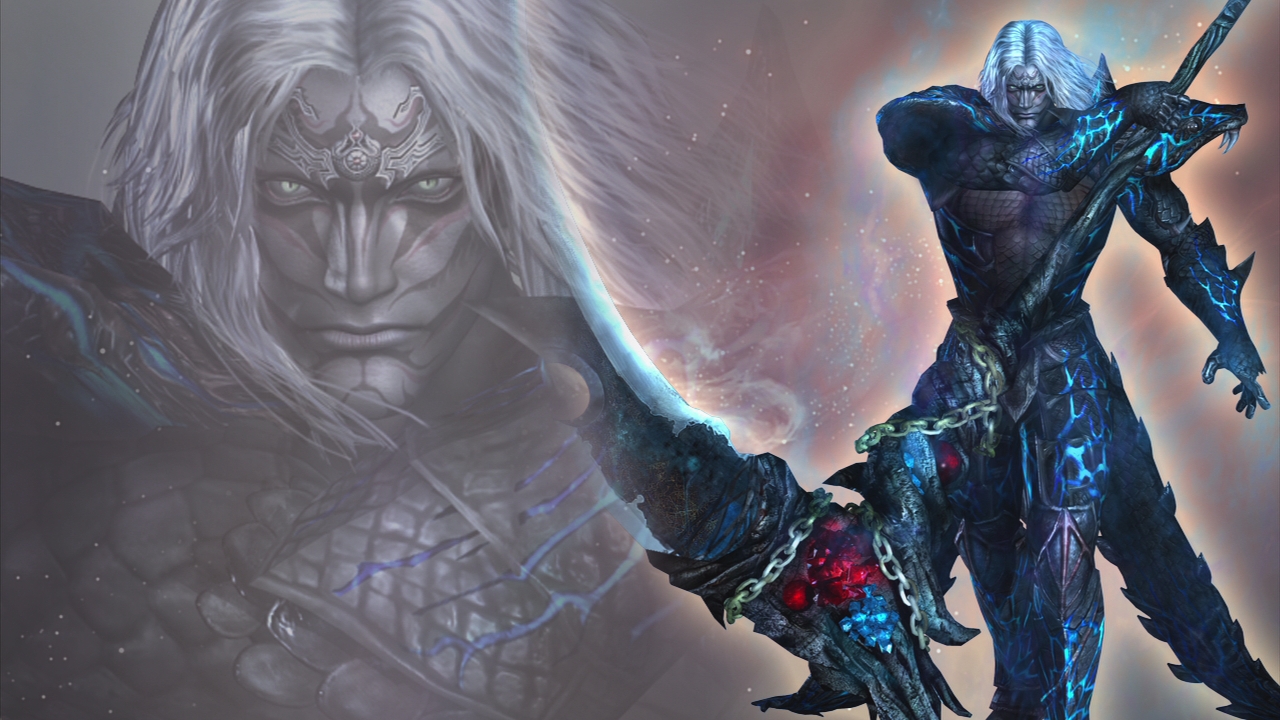Warriors Orochi 3 Wiki
Contents. Gameplay As with the previous iterations, the player is given control of a three-man team consisting of characters from the and series. Each character has a class type that determines their ability: Power, Speed, and Technique; the Wonder type introduced in Warriors Orochi 3 has been removed. New to the series is the concept of magic and Sacred Treasures, techniques that allow characters to perform special feats to overcome enemies. These depend on a specific category that is separate from the class system, and are performed by holding down the right shoulder button and pressing either the normal, charge, or musou attack buttons, the latter two requiring a special magic gauge, and the last also requiring half of a player's musou gauge. As such, these replace the type actions from the previous games. Because of this, characters from the Dynasty Warriors series lack their second musou attack, but retain the ability to perform an aerial musou attack, and characters from the Samurai Warriors series lack their special attacks, but retain the ability to perform hyper attacks.

The ability to mount a horse remains in Warriors Orochi 4, and is performed by holding down the right shoulder button and pressing the jump button. The Awakening mechanic from Dynasty Warriors 8 and Musou Gokui mechanic from Samurai Warriors 4 are unified in Warriors Orochi 4, and may only be activated by obtaining a rare powerup during gameplay and pressing the left analog stick; when playing with only a single Joy-Con on the Nintendo Switch, this is instead activated by pressing both SL and SR, as the left analog stick alone is normally mapped to the character switch functionality. Only one character from a team may use this at a given time, though the character activating it need not be the character that obtained the powerup, and players may still switch characters while the mode is active. Once activated, the character may perform their Rage attack, consistent with both Dynasty Warriors 8 and Samurai Warriors 4. Characters central to the story are, once the relevant portions of the story are cleared, be given a 'deification' form based on figures from Greek or Norse mythology, which will be in effect while Awakening or Musou Gokui is in effect, strengthening their various other actions in the process. As with previous games, most stages in Warriors Orochi 4 are taken from either earlier installments of the Warriors Orochi series, or the Dynasty Warriors and Samurai Warriors source games, with a minimal amount of original stages, reskinned to suit the theme of Warriors Orochi 4.
However, new to this game are mashup stages where one part of a stage is taken from Dynasty Warriors and another part is taken from Samurai Warriors; for example, the Baidi Castle stage from Dynasty Warriors 8 has the upper portion taken from the Oshu Castle stage from Samurai Warriors 4. The game features several multiplayer options, including a three-versus-three competitive multiplayer mode.
Retrieved 2018-06-28. Retrieved 2018-06-28. Retrieved 2018-07-06. Retrieved 2018-07-06. Wong, Alistair (July 29, 2018).
Retrieved August 31, 2018. Retrieved 2018-08-07. July 14, 2018. Retrieved September 28, 2018. Retrieved 2018-10-10. Retrieved 2018-09-30.
Warriors Orochi 3 Wiki
External links. (in Japanese).
Industry Fate with Successor Founded 25 July 1978; 40 years ago ( 1978-07-25) Founder Headquarters, Products Website Koei Co., Ltd. Was a Japanese, and distributor founded in.

The company is known for its historical simulation games based on the novel, as well as simulation games based on pseudo-historical events. The company has also found mainstream success in a series of loosely historical action games, the flagship titles of which are the and series, also known as the Musō series. Koei also owns a division known as Ruby Party, which focuses on. On April 1, 2009, Koei merged with to form the holding company.
Koei changed its name to Tecmo Koei Games on April 1, 2010 by absorbing Tecmo, and again on July 1, 2014 to Koei Tecmo Games. Contents. History Koei was established in July 1978 by Yōichi Erikawa (also known as Kou Shibusawa) and Keiko Erikawa. Yoichi was a student at, and when his family's rural business failed he decided to pursue his interest in programming. The company to this day is located in the area of along with Erikawa's alma mater. The company initially focused on sales and made-to-order business.
In 1983 it released ( 信長の野望, Nobunaga no Yabō), a historical set during the of. The game went on to receive numerous awards, and Koei produced several more such games set against the backdrop of world history, including, set during the period of, and ( 大航海時代, Dai Kōkai Jidai, lit. Great Navigation Era), set in during the. In 1988, Koei established a, Koei America Corporation, in.
This subsidiary localized Koei games for export to all territories outside Japan, as well as producing original games and concepts with the leadership of designer, like,. After Hedlund's departure, this subsidiary ceased game development in 1995, focusing instead on localization, sales and marketing. Though none of Koei's historical simulations achieved mass market success, they acquired a loyal cult following.
This following allowed Koei to remain profitable, since they could reliably predict how many copies of their games would sell (especially important during the cartridge era, when a surplus of unsold cartridges on a single game was often enough to bankrupt a company). A subsidiary, Koei Canada, Inc. Was established in early 2001, and a subsidiary, Koei Limited was established in early 2003 in,. Koei also maintains subsidiaries in,. Recently, Koei created a Singapore branch for game development such as. All Koei operations in English in turn ceased in 2012, with the previously unannounced closing of Koei's North American support forums and website.
They resumed in 2016, with the English language PC release of Romance of the Three Kingdoms XIII. Koei's Ruby Party division specializes on games labeled as Neoromance: dating sims, usually with extra side-quests. Out of the three Neoromance series, the best known is, which has been in production since 1994.
Is a newer Neoromance hit, with many sequels and an television series based on it. The newest game in the series, is gaining popularity partially because the series it was based on, has been recently licensed by for publishing. It gaining more popularity though, and an anime television series based on it began airing in October 2006. A sequel was also released on the in March 2007. On September 4, 2008, Koei announced that it was in talks to purchase ailing competitor. They agreed in November 2008 to merge on April 1, 2009 to form.
Warriors Of Orochi 3

On January 26, 2009 the two companies approved the merger, the formed on April 1, 2009 as planned. On April 1, 2010, Koei absorbed Tecmo and renamed itself Tecmo Koei Games. Koei's subsidiaries in the United States, Europe and Korea already had their names changed months before the Japanese parent. On March 15, 2010, the developing operations of Koei and Tecmo were spun off as new companies under the names of Koei Co, Ltd and Tecmo Co, Ltd respectively, but they were integrated into Tecmo Koei Games the following year, on April 1, 2011.
Games by Koei Koei has built a large base of franchises, and has developed on various consoles and computers. Below is a list of game series developed by Koei. Action games., an action/strategy game based on the Hundred Years' War between England and France. Released for,.
The Japanese version of the Croc games distributed by Koei were released for the. was released for in 2002, whereas its sequel was released for in 2004., a 1 vs 1 fighter game for the PlayStation. 1–9 (as well as expansions Xtreme Legends for 3–8, Empires for 4–8, plus a, a and three games) (真・三國無双 Shin-Sangoku Musō; of )., for the and, it is based on the mechanics of Dynasty Warriors and Samurai Warriors, only using the franchise as its base. ( ガンダム無双 Gundam Musō). for the, and. for, a Dynasty Warriors style game for franchise.
for and, a Dynasty Warriors style game mixing characters from Koei's various franchises, similar to Warriors Orochi., released for the., and (as well as an Xtreme Legends expansion to both, and Empires expansion to 2, a PSP game, and for the.) (戦国無双 Sengoku Musō). Many spinoffs of this have been created including Derby Musou and Samurai Warriors Chronicles series., an action/puzzle game released in 1994 for., a monster-hunting action role-playing game. is a Koei Canada game which was announced at 2009. for the, and, it is the first Koei title, featuring characters from the Dynasty Warriors and Samurai Warriors games., for the History Simulation.
– Released on the Nintendo Entertainment System, MS-DOS, Amiga & Macintosh. – In association with Koei, and based on the Malaysian TV series, released soon in Google Play. – Based on the American Revolutionary war.
– published on various platforms. I to XI released on the MSX, MSX2, NES, SNES, Genesis, Amiga, PC-Engine CD-ROM, Sega Saturn, PS1, PS2 and PC – turn based strategy games. – Based on the wars of the early Han and Chu dynasties in China, released on the SNES. Strategy games. – Airline simulator. – From In Association With Koei and Based on the BoBoiBoy go to Galaxy released in Google Play.
– simulator. – simulator. ^ (PDF). Retrieved 2012-12-05. 'NG Alphas: Sangoku Musou'. January 1997. '1996: The Year of the Videogame'.
January 1996. Thorsen, Tor (2008-09-04). Retrieved 2008-09-21. Ashcraft, Brian (2008-09-04). Retrieved 2008-09-21. Retrieved 2012-12-05.
Warriors Orochi 3 Hyper Wiki
Retrieved 2012-12-05. Retrieved 2012-12-05.
Retrieved 2009-02-01. Retrieved 2009-02-01. Retrieved 2009-02-01. Dembo, Arinn; Aye, 'Tis a Bonny Land Indeed: Koei explores the Emerald Isle's Myth and Magic in CELTIC TALES, p. Computer Gaming World, Issue 134, September 1995 External links.
(in Japanese).